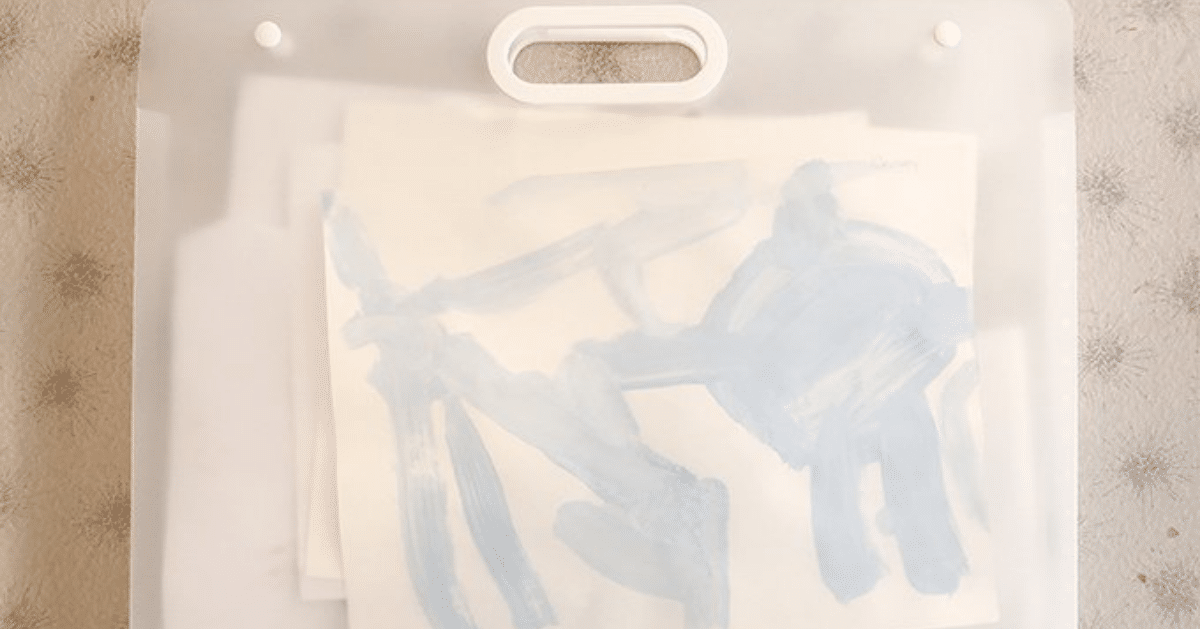
Sound baths are relaxing, stress relieving, and powerful healing experiences. They’re great for beginners because they’re accessible, affordable, and easy to participate in. Sound baths are particularly effective for meditation because they create a calming environment where you can tune out distractions and focus on feeling peace, relaxation, and tranquility. Best of all, there’s no right or wrong way to create a sound bath. So what exactly is a sound bath, how does it work, and what are the benefits?
What Is a Sound Bath?
Sound baths are relaxing, immersive experiences where participants listen to soothing music, healing vibrations, and/or nature sounds. They’re often used to reduce stress, but sound baths can be used for many purposes, including sleep induction, relaxation, creativity enhancement, and spiritual development.
Sound Baths are typically done in a quiet room, with dim lighting and no distractions—like a yoga studio or wellness center. The sounds used can either be pre-recorded or be live instrumentation with one or more musicians. You can sit or lie down during the experience—just make sure you are comfortable to relax and receive the healing vibrations.
Guided imagery, deep breathing, visualization, and focusing on positive thoughts are some of the techniques that may be incorporated during these sessions. Some people find it helpful to close their eyes, while others like to keep them open so they can see what’s going on around them.
The musical instruments and sounds used by sound therapists can vary widely in sound bath sessions. Tuning forks, Tibetan singing bowls, chimes, gongs, crystal singing bowls, bells, drums, cymbals, and rain sticks are just some of the instruments used. Some musicians use sound healing instruments alone, while others combine them to create complex and mesmerizing soundscapes and an immersive sound experience.
Also Read : Blueberry Baby Food
Check out the video below to listen and experience a sound bath with a guided relaxation and meditation:
How does a sound bath work?
The sound waves help relax muscles, reduce anxiety, and improve sleep quality. When you listen to soothing sounds, you enter a state of relaxation called alpha brain wave activity. Alpha waves are associated with deep concentration and creativity. This makes them ideal for creative endeavors, including writing and painting. Beta waves are minimized during this state, which means you become less aware of external stimuli. You may feel relaxed, focused, and even sleepy.
Wellness experts describe it as a meditative experience where you’re surrounded by soothing sounds and you feel safe and relaxed. Most people feel refreshed after a sound healing session as their worries are released, their emotions are regulated and their mind feels calm.
What does a sound bath feel like?
Sound baths allow you to completely immerse yourself in the experience of healing vibrations. As you listen to the music, your body relaxes, your mind lets go of thoughts and you enter into a deep a state of calm. If it is a live session, you may feel like being wrapped in a blanket or being inside a bubble of soothing and healing vibrations. It’s an acoustic sound healing journey that allows the listener to enter a meditative state and to feel calm, relaxed, grounded, and focused.
You might feel different mental, emotional, and physical sensations throughout the session. It could be like floating on a cloud, feeling peaceful, happy, energized, or relaxed. It is rare but also possible to feel anxious, sad, angry, or confused. These feelings will pass when the session ends.
Health Benefits of Sound Bath meditations
A sound bath meditation helps you focus on the present moment and clear your mind of distractions. It can help you get rid of negative emotions, like anger and frustration. It can help you achieve deeper states of relaxation, which can lead to better sleep, reduced stress levels, and improved moods. Sound bath meditations are especially useful for people who struggle with insomnia. They also promote spiritual well-being, increase energy levels, and enhance creativity.
How long do the effects last?
The effects of a sound bath last for up to an hour after the treatment has finished. Most people find that the benefits are felt within 10 minutes of starting the session. After this time, there may still be some relaxation benefits, but these fade over time. However, there are some people who report feeling better even days later.
Are there any negative effects?
There is no evidence that sound baths are harmful. Some people find that taking part in a sound bath has no effect at all. If the vibrations are too loud or strong, they may cause headaches if you are sensitive to noise, or if the vibrations are too loud or strong. Some experts caution against participating in sessions during pregnancy, but when offered by a trained and conscientious facilitator, sound baths are generally considered safe.
If you’re going to use sound baths as a therapy, make sure you know that they should be used as a complement to other therapies, not as a replacement.
How to prepare for a sound bath
There are a few tips to ensure that you have the best experience. You don’t need to follow all of these steps, but they are only suggestions to help you enjoy your session more. Refine and adapt any of the below tips to suit your needs and preferences.
- Arrive a bit early to make sure you have plenty of time to relax and be ready for the session to start.
- Gather ahead of time what you need or want nearby, like water, crystals, journal, essential oils, etc.
- Think about setting an intention, goal, or prayer for your practice.
- Use headphones when doing a self-guided sound bath to allow you to hear the sounds clearly without being distracted by external stimuli.
- Create a super comfortable seated or laying down position. Support your body to be comfortable with blankets, pillows, yoga blocks or bolsters. Use one or more yoga mats as your base.
- Take slow, deep breaths to soothe your nervous system and encourage deep relaxation, especially at the start of the session.
- Stay focused on your inner world. Let go of all outside concerns and distractions whenever they arise.
- Let your eyes be closed to better focus on the internal experience. Use an eye pillow to encourage deeper relaxation.
- Listen to the sounds and guided words carefully. Pay attention to what makes you feel calm and relaxed. Notice how certain sounds affect you emotionally.
- If you find that you’re getting bored during a sound bath, change your breathing, focus or body position.
- If your session does not include a guided visualization, you may find it helpful to visualize yourself in a beautiful place, floating above your body, or seeing yourself surrounded by bright colored light.
- Afterwards, take time to integrate and reflect on your experience. How did it feel? What was your overall impression? Did anything happen that surprised you?
What should I wear?
You don’t need anything special to take part in a sound bath experience. However, you want to be as comfortable as possible, so consider wearing soft and loose or stretchy, like you would wear to a gentle yoga class. Avoid wearing anything too tight or constricting. It is probably a good idea to wear layers so you can adjust your clothing to your preferred temperature. When you arrive at the location, you’ll be asked to remove any jewelry, watches, cell phones, and other items that could interfere with the session.
How long will it take?
Sound bath sessions last anywhere from 10 minutes to over an hour. Shorter times are best for beginners, but longer times will provide a deeper and more powerful experience. Sessions generally begin with a short introduction about how the session works. Longer sessions may include guided meditations or other types of guided exercises to help you relax.
How much does a Sound bath session cost?
You can do your own session at home for free. If so, you may need to upgrade to high-quality speakers or a noise canceling headphones for an optimal experience.
A private session costs between $100-$300 per hour, depending on the length of time and experience of the sound healing practitioner. Group sessions cost between $15-$40 and last about 90 minutes. Prices vary based on the number of participants, the length of the session, and whether there are any additional healing modalities included, like reiki or acupuncture.






Thanks for sharing. I read many of your blog posts, cool, your blog is very good.
I don’t think the title of your article matches the content lol. Just kidding, mainly because I had some doubts after reading the article.
Can you be more specific about the content of your article? After reading it, I still have some doubts. Hope you can help me.